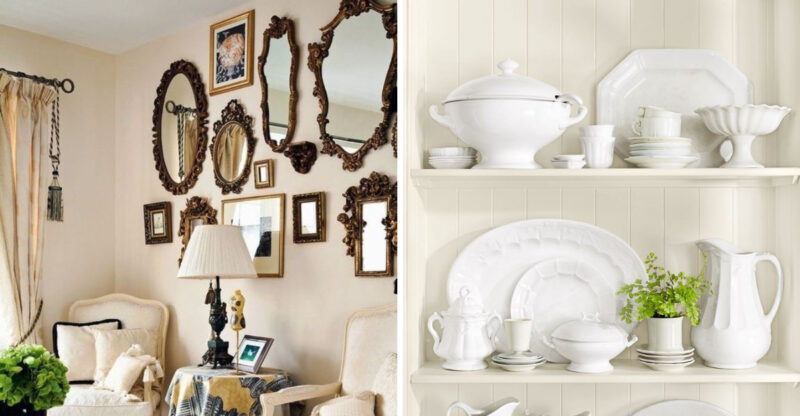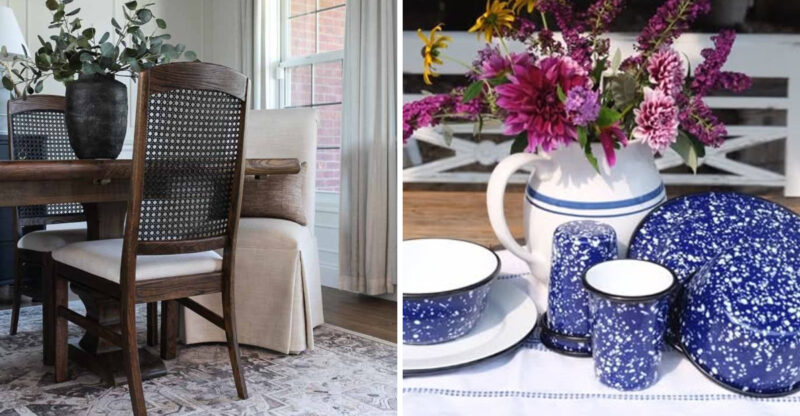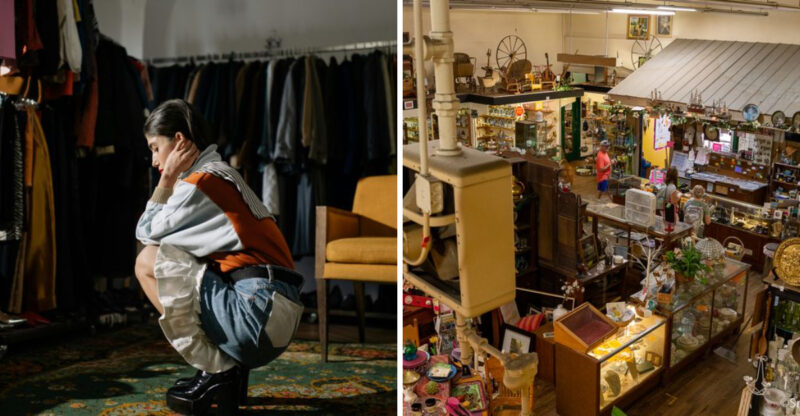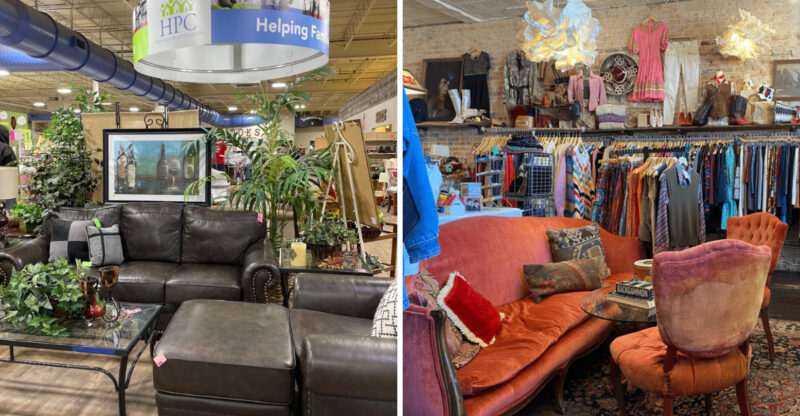6 Antiques Worth Thousands, And 8 That’ll Barely Sell For A Buck
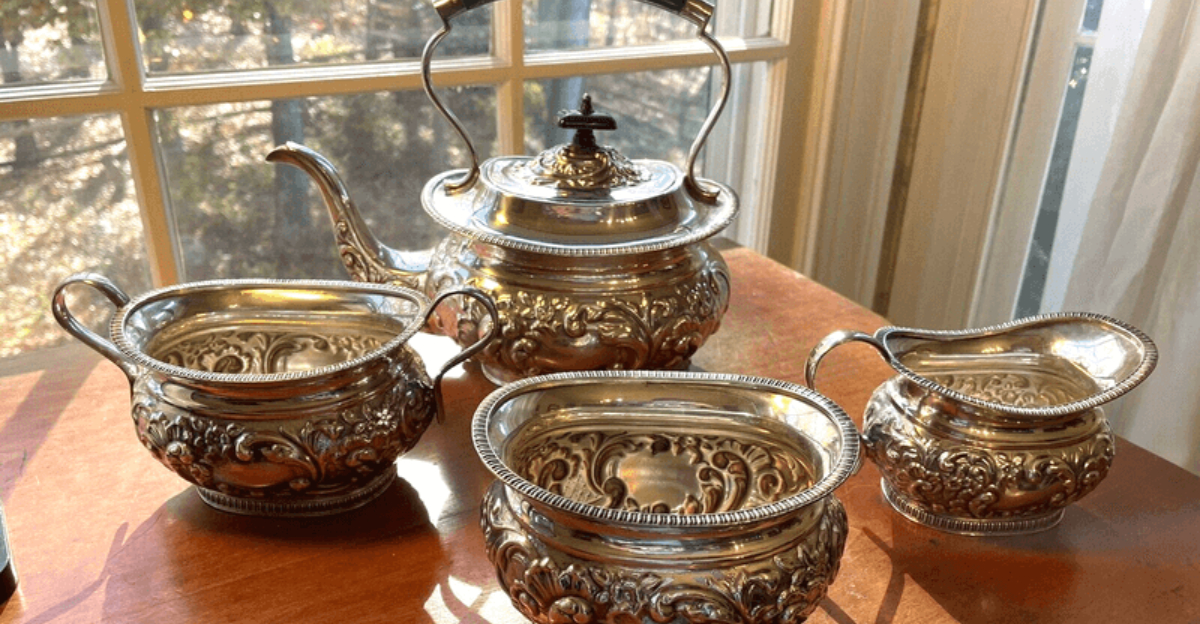
Ever wondered why some dusty old things fetch astronomical prices while others barely cover the cost of hauling them to a yard sale? The antique market is wildly unpredictable, with certain pieces commanding jaw-dropping sums while others languish in thrift shops.
I’ve spent years watching trends change in the vintage world. So, trust me, knowing which is which can save you from expensive mistakes or help you spot hidden treasure.
1. Georgian & Regency Furniture: History’s Golden Investment
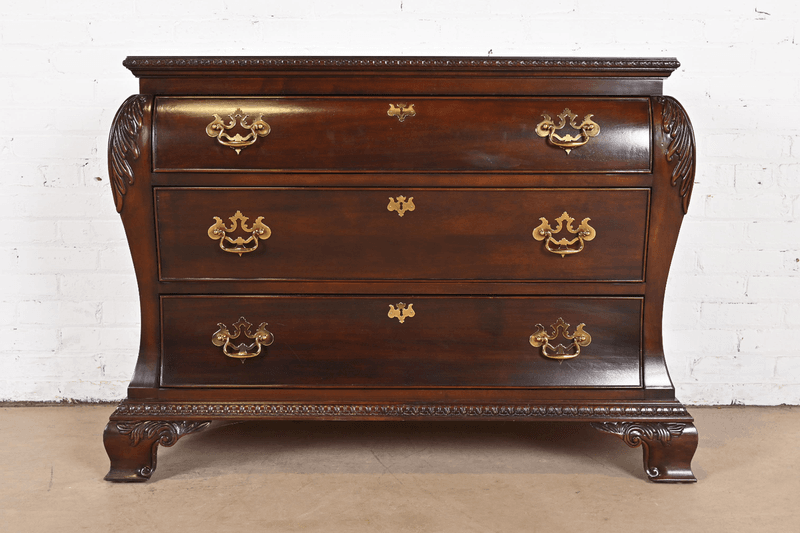
If you’ve stumbled upon a genuine Georgian mahogany chest of drawers in grandma’s attic, congratulations! You’re sitting on gold, literally! These exquisitely crafted pieces from 1714-1830 feature impeccable dovetail joints and original brass hardware that collectors drool over.
Georgian furniture represents the pinnacle of English craftsmanship. The clean lines, balanced proportions, and quality woods make these pieces timeless investments that only appreciate with age. A single authentic George III dining chair can fetch upwards of $5,000!
2. Mid-Century Italian Lighting: Illuminating Fortunes
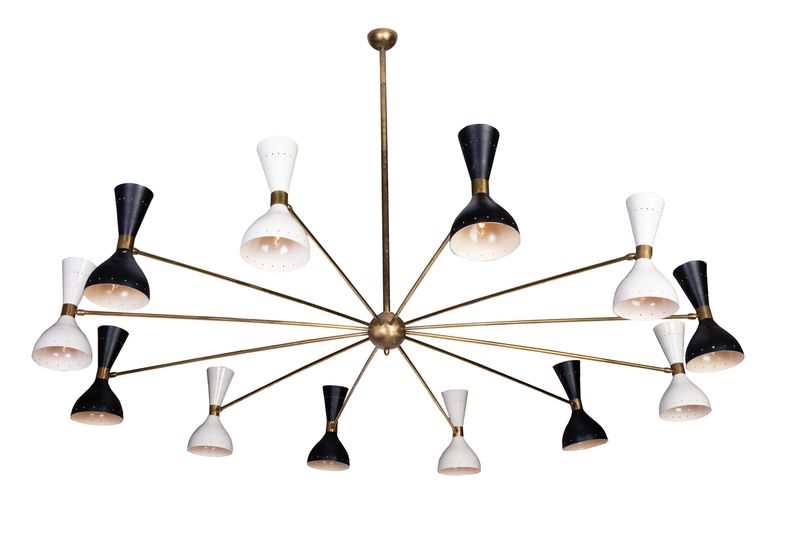
How often do people overlook that funky lamp in the corner? Italian lighting from the 1950s-70s has skyrocketed in value, especially pieces by designers like Stilnovo, Arteluce, and Arredoluce. Their innovative forms blend art with function in ways that still feel fresh today.
Mid-century Italian fixtures weren’t mass-produced like today’s lighting. Each piece showcases meticulous craftsmanship with brass details, mouth-blown glass, and sculptural forms.
Serious collectors will happily pay $8,000-20,000 for an authenticated Stilnovo chandelier or Castiglioni floor lamp.
3. French Gilt-Bronze Mantle Clocks: Time Is Literally Money
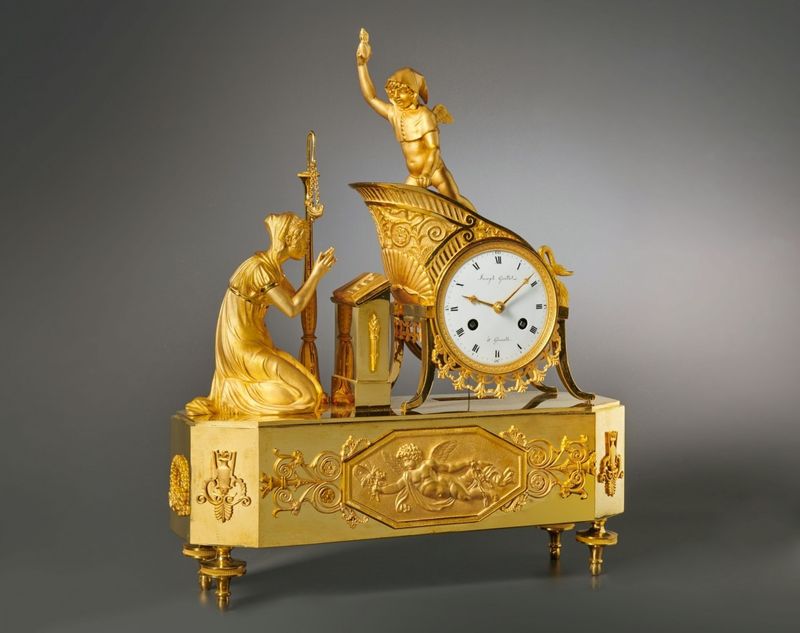
Though they look deceptively ordinary, French mantle clocks from the 18th and 19th centuries can tick their way to astronomical values. The finest examples feature intricate gilt-bronze (ormolu) casings that required hundreds of hours of skilled labor to create.
French clockmakers were true artists. These timepieces often incorporate mythological figures, animals, or historical scenes with incredible detail.
When working and complete with original movements, these beauties regularly sell for $5,000-30,000 at auction. The most exceptional examples by makers like Raingo Frères can exceed $100,000!
4. Antique Persian Rugs: Woven Wealth Beneath Your Feet

Where else can you walk all over something worth tens of thousands? Authentic antique Persian rugs, especially those made before 1920, continue to command staggering prices.
Their hand-knotted construction represents countless hours of skilled artisanship that simply can’t be replicated today.
Persian rugs tell stories through their patterns. Each region developed distinctive motifs and techniques passed down through generations.
The finest examples use natural dyes and high knot-counts that create incredible detail. A well-preserved Tabriz, Heriz, or Ferahan carpet can easily fetch $20,000-50,000 from serious collectors.
5. Scandinavian Modern Chairs: Sitting Pretty On Profits
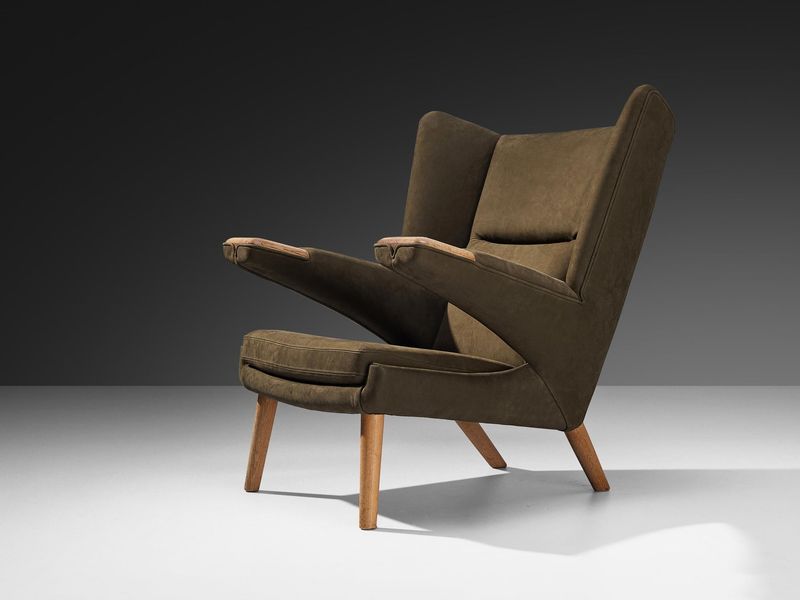
This isn’t just furniture, it’s functional sculpture! Chairs by Wegner, Jacobsen, and Juhl represent the pinnacle of mid-century design and command astronomical prices. Their clean lines and organic forms feel as contemporary today as they did 70 years ago.
Scandinavian designers revolutionized furniture by combining beauty with ergonomics. The “Papa Bear” chair by Hans Wegner routinely sells for $15,000-20,000, while rare examples of Finn Juhl’s “Chieftain” chair have fetched over $60,000.
Even mass-produced classics like Eames chairs in original condition can bring $5,000+.
6. Art Deco Sideboards & Credenzas: Geometric Goldmines

When you spot those distinctive zigzags and sunbursts, pay attention! Art Deco furniture from the 1920s-30s has become incredibly sought-after, especially pieces featuring exotic veneers like Macassar ebony, bird’s eye maple, or burled walnut.
Art Deco represented luxury during uncertain times. The finest examples came from French workshops like Ruhlmann and Leleu, where craftsmen created masterpieces using rare materials and revolutionary techniques.
American-made Deco pieces by makers like Donald Deskey or Gilbert Rohde can fetch $10,000-30,000 when authenticated and in excellent condition.
7. Hummel Figurines: Cute But Commercially Cursed
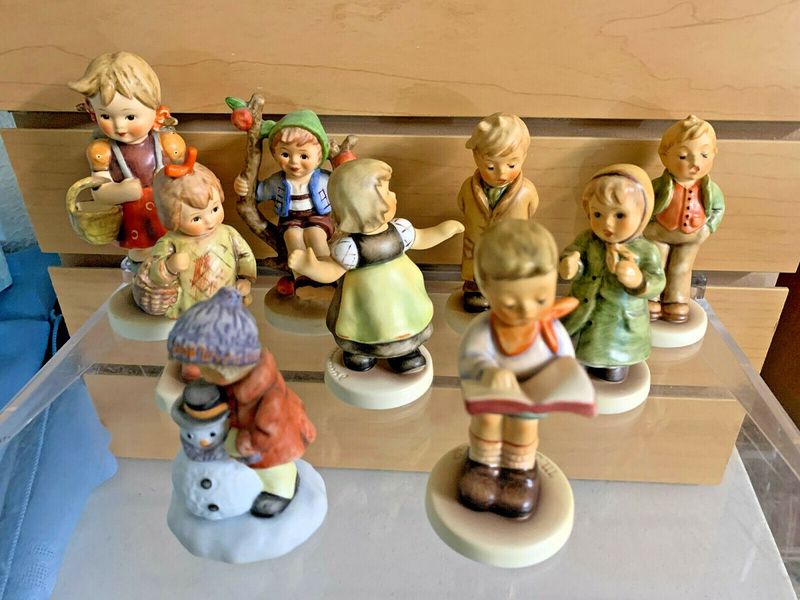
Are those adorable ceramic children worth anything? Despite what your aunt might believe, most Hummel figurines have plummeted in value. These once-coveted collectibles flooded the market during their 1970s-80s heyday, creating a massive supply with dwindling demand.
Hummel figurines represent a classic collecting bubble. When the original collectors age out, younger generations rarely continue the tradition.
Common figures that once sold for hundreds now struggle to fetch $20 at estate sales. Only the rarest examples (like the “Adventure Bound” boy on a fence) maintain any significant value.
8. Victorian Furniture: Heavy, Dark, And Financially Disappointing
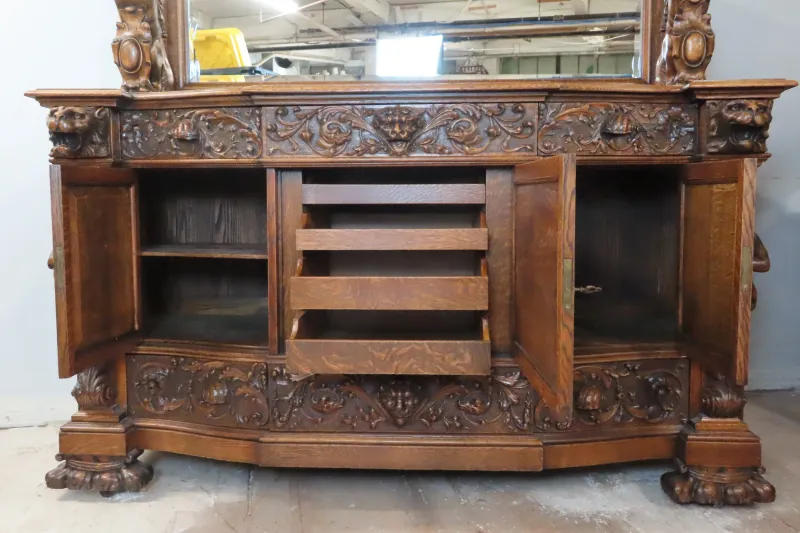
Though undeniably grand, those massive Victorian sideboards and bedroom sets have fallen dramatically from favor. Their dark, heavy appearance and ornate styling clash with contemporary tastes for light, open spaces. Even high-quality pieces struggle to find buyers at estate sales.
Victorian furniture suffers from practical issues, too. The massive scale doesn’t fit modern homes, and the dark woods make rooms feel smaller.
Except for rare designer pieces by makers like Belter or Herter Brothers, most Victorian furniture sells for a fraction of its replacement value. That elaborately carved 1880s dining set might fetch just $500-800 today.
9. Depression Glass: Not-So-Precious Anymore
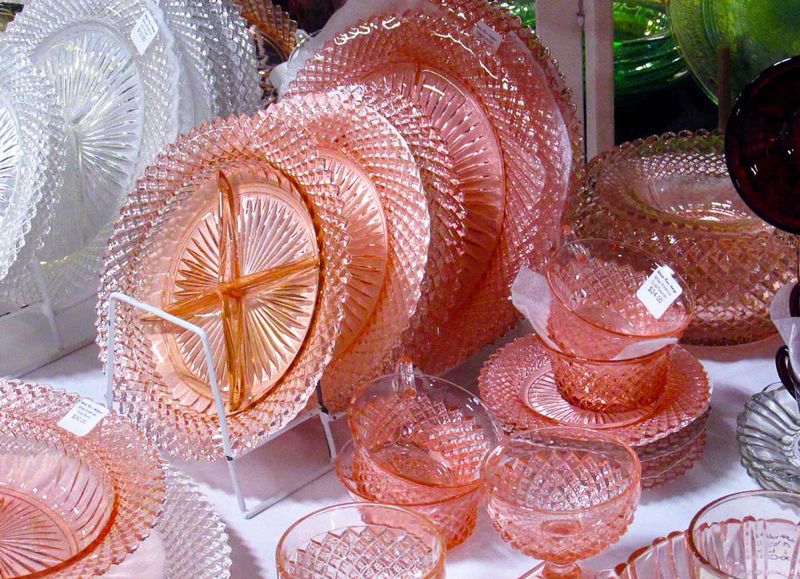
When’s the last time anyone under 70 got excited about pink glass dishes? Depression glass, those colorful machine-made pieces from the 1930s, has experienced a major market correction. Once collected enthusiastically, most pieces now sell for just a few dollars each.
Depression glass was actually designed as affordable tableware. Many pieces were given away as promotional items in food packages or at movie theaters.
While certain rare patterns like Cameo or Mayfair Blue maintain modest value, common patterns like Princess or Holiday struggle to sell for more than $5-10 per piece at antique malls.
10. Antique Sewing Machines: Heavy Metal Money Pits
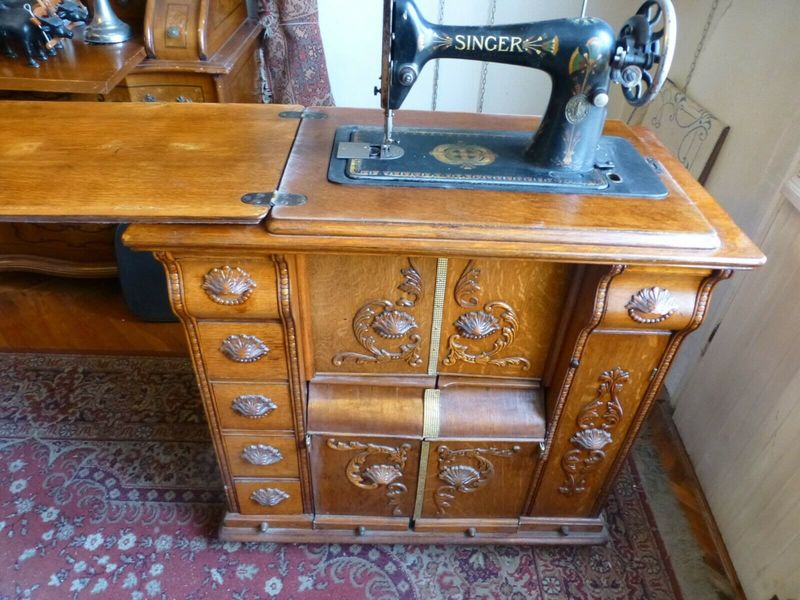
Did your grandmother treasure her Singer cabinet sewing machine? Unfortunately, these once-revolutionary devices have become furniture non grata. Their massive wooden cabinets and heavy cast iron mechanisms make them impractical space-hogs in modern homes.
Antique sewing machines were produced by the millions. Singer alone manufactured over 3 million machines yearly at their peak.
This overwhelming supply, combined with their limited functionality compared to modern machines, has crashed their value. Even beautiful oak cabinet models in perfect working condition typically sell for just $50-100.
11. Collector Plates: Wall Hangings Nobody Wants
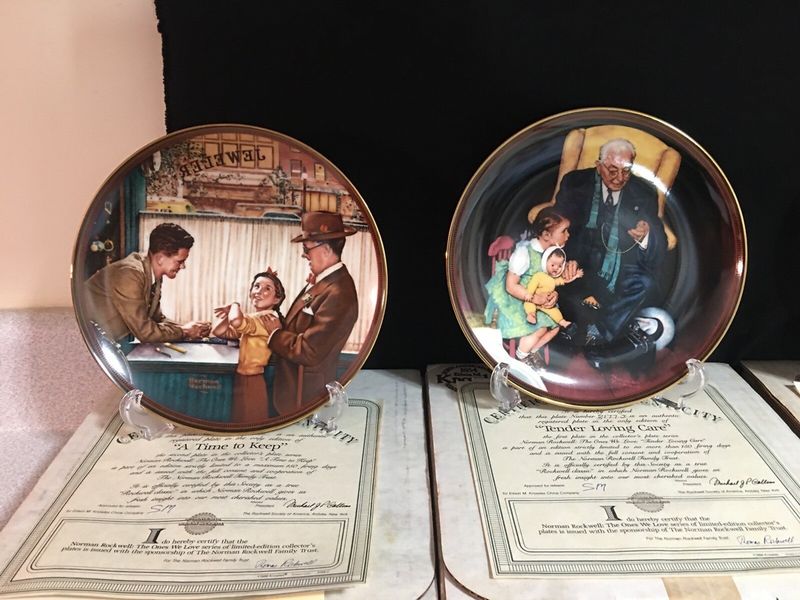
Those limited-edition collector plates with certificates of authenticity? Practically worthless now. The market collapsed when manufacturers produced “limited” editions numbering in the hundreds of thousands, destroying any real scarcity value these decorative plates might have had.
Collector plates represented a perfect storm of bad investment. Companies like Bradford Exchange and Franklin Mint marketed them as investments that would appreciate.
Instead, they flooded the market with mass-produced items bearing artificially inflated initial prices. Today, plates that originally sold for $50-100 routinely go for $5-10 at thrift stores.
12. Silver-Plated Tea Sets: Tarnished Treasures
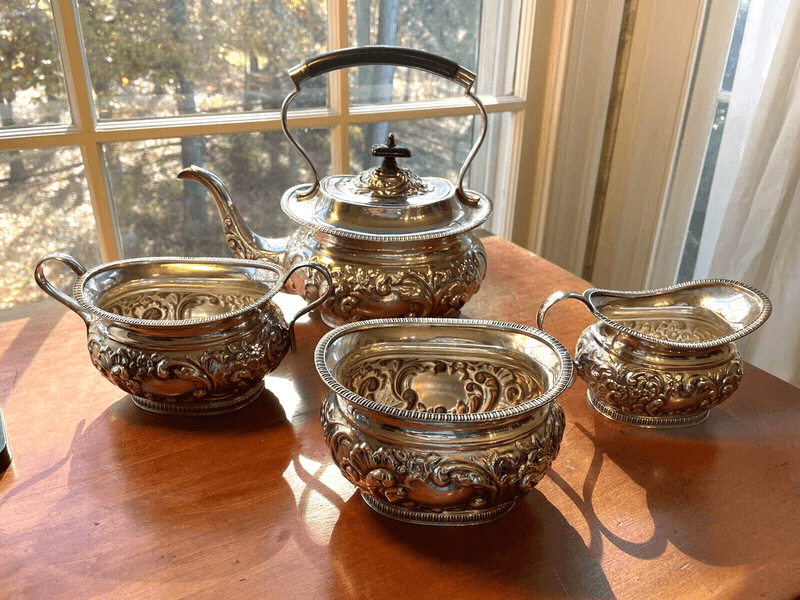
Though they look impressively fancy, silver-plated tea services have become the white elephants of the antique world. Their high-maintenance care requirements (constant polishing) and formal styling make them impractical for casual modern living.
Silver-plated pieces aren’t solid silver. They feature a thin layer of silver over a base metal, which means they lack intrinsic metal value.
When the plating wears through, they become even less desirable. Complete Victorian-era tea sets that once graced elegant homes now struggle to fetch $100-200, even when in excellent condition.
13. Crocheted Doilies: Grandma’s Labor Of Love (Not Money)
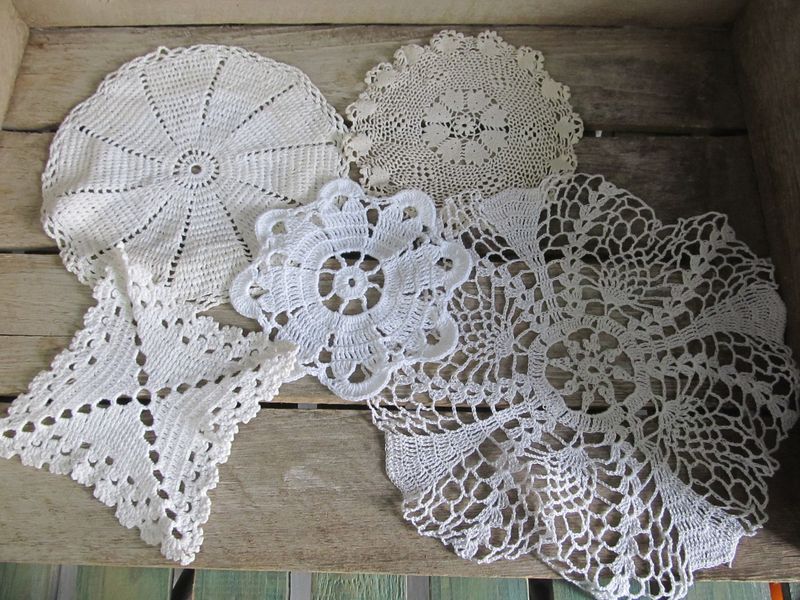
Hand-crocheted doilies represent countless hours of meticulous work, yet they’ve become practically worthless in today’s market. These delicate textile pieces simply don’t align with contemporary decorating styles, and younger generations view them as fussy and old-fashioned.
Doilies were once essential home accessories that protected furniture and showcased a woman’s needlework skills. Despite their intricate patterns and craftsmanship, even the finest examples typically sell for just $1-5 each at estate sales.
Unfortunately, entire collections of handmade lace doilies often fail to fetch more than $20 total.
14. Upright Pianos: Musical Money Drains
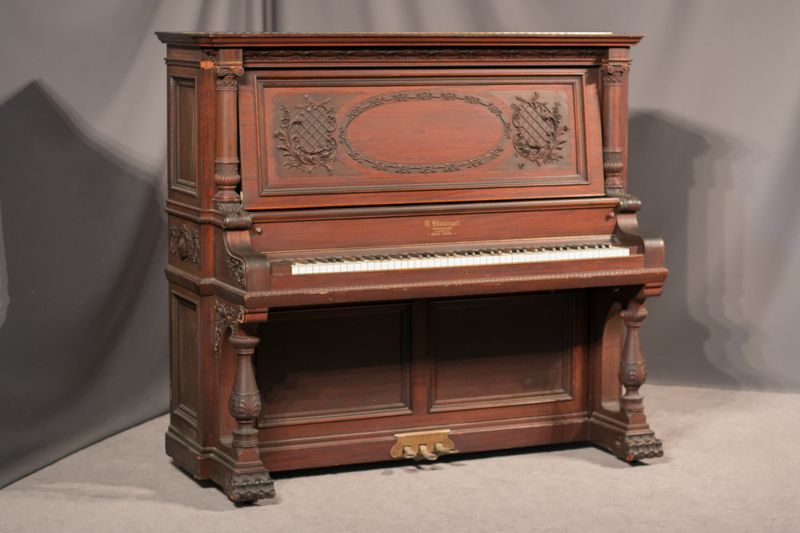
When nobody wants to move that 800-pound family heirloom, you know you’re in trouble. Early 1900s upright pianos have plummeted in value despite their craftsmanship and historical significance.
The combination of high maintenance costs, tuning requirements, and massive size has decimated demand.
Upright pianos were once status symbols in middle-class homes.
Today, they’re often given away for free just to avoid disposal costs. Even well-maintained instruments by respected makers like Steinway or Baldwin typically sell for just $100-500, a fraction of their original cost. Digital keyboards have simply made these musical mammoths obsolete.

